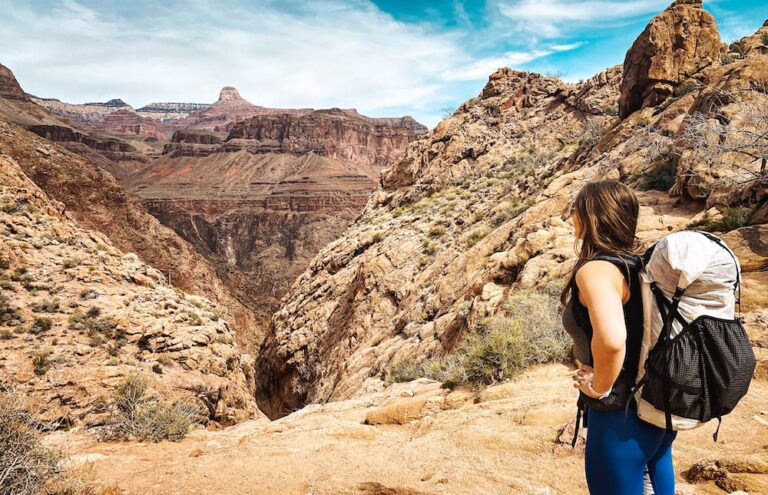This week is National Park Week. While there are 63 locations in the United States that include the words “National Park” in their proper name, including Glacier, Yellowstone, and Grand Canyon, the National Park System actually includes over 400 sites. This includes monuments, memorials, battlefields, recreation areas, preserves, and historical sites. Despite executive orders stating the country isn’t utilizing its outdoors properly, the outdoors actually do contribute to the nation’s bottom line.
With so much, literal, land to cover, let’s talk about how much money the outdoors, including the National Park System, contributes to the economy via the recreation economy.
What is the recreation economy?
The recreation economy encompasses all spending on recreational activities, such as biking, hiking, boating, fishing, skiing, hunting, and camping. This includes spending on products, gear, or vehicles used in those activities, the airfare, fuel, and lodging needed to get there, and other related expenses such as lessons, guides, lift tickets, and food.
Last year, the National Park Service (NPS) recorded 331.9 million recreation visits to its sites. Despite a dip in attendance in 2020, most National Parks have seen a steady increase in visits since, and 24 NPS sites set new visitation records last year. The pandemic actually helped make some outdoor activities even more popular, such as hiking, which has quickly become one of the nation’s most popular outdoor activities, with an estimated 59.6 million hikers in 2022.
How big is it?
In 2023, the outdoor recreation economy was estimated to have added 2.3%, or $639.5 billion, to the United States’ gross domestic product (GDP), and that amount is expected to keep growing. The recreation economy also contributes a lot of jobs. In fact, 7.6 million Americans depend on the recreation economy for their paychecks. This includes park rangers, guides, sales associates, manufacturers, and hydrologists, among many other positions.
In some states the recreation economy makes up an even larger portion of the state’s GDP and employment. For example, in Montana the recreation economy generates $3.4 billion and accounts for 5.8% of employees in the state, accounting for 4.6% of the state’s economy. In Hawaii, it accounts for 6.9% of the state’s economy and employs over 49,000 people.
Executive orders and the great outdoors
Despite coal being the most inefficient energy source, last week, President Trump signed multiple executive orders aimed at revitalizing coal production in order to “put the miners back to work” by identifying coal resources on federal lands and lifting any barriers to mining in those areas. Trump has also focused on reshaping the country’s energy policy on oil and gas through executive orders. According to the Outdoor Industry Association, “more Americans are directly employed by hunting and fishing (483,000) than oil and gas extraction (180,000).”
Additionally, the Trump administration fired around 1,000 NPS employees and another 700 park employees resigned under the administration’s deferred resignation program. Although the NPS is rehiring many of those employees back as seasonal workers, they are still concerned about what a reduction in employees means for park maintenance and access. With the peak season just beginning, fewer employees could mean fewer operating hours, which would directly impact park revenues that contribute to the recreation economy.







